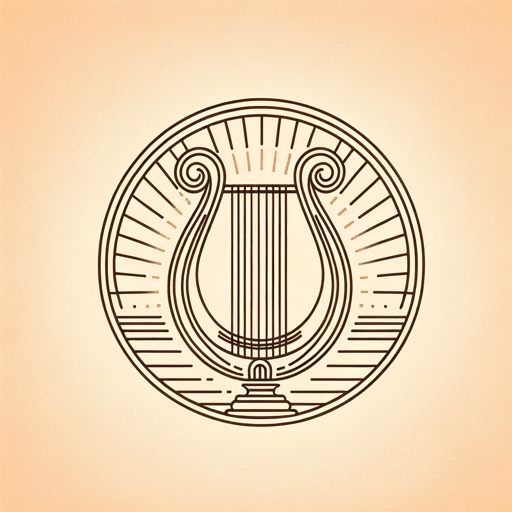20 pages • 40 minutes read
OvidPyramus and Thisbe
Fiction | Poem | Adult | Published in 8A modern alternative to SparkNotes and CliffsNotes, SuperSummary offers high-quality Study Guides with detailed chapter summaries and analysis of major themes, characters, and more.
Literary Devices
Form and Meter
In Latin, Ovid composed the Metamorphoses in the traditional meter for Greek and Roman epic poetry, dactylic hexameter. Each line has six metrical feet composed of either dactyls (one stressed syllable followed by two unstressed syllables) or spondees (two stressed syllables). The Latin of the Metamorphoses is noted for its quick movement, its clarity, and its musical quality. Ovid’s poetry was intended to be a pleasure not just to read, but to hear. This reflects how educated Romans consumed literature: They rarely (if ever) sat down to silently read texts by themselves. Rather poetry was read aloud to them, either by their slaves or by the poet himself in public performance.
In the English translation referred to in this guide, A. D. Melville chose blank verse, an open form which does not adhere to any formal rhyme scheme, but does aim for some reliability of metrical rhythm. Melville occasionally deploys rhyming couplets to mimic the elegiac couplets Ovid preferred in his erotic poetry. The sparsity of these rhyming couplets enhances their impact when they are deployed. Melville often uses them in “Pyramus and Thisbe” to cap off a section or highlight an important sentiment in the story (e.
Related Titles
By Ovid




